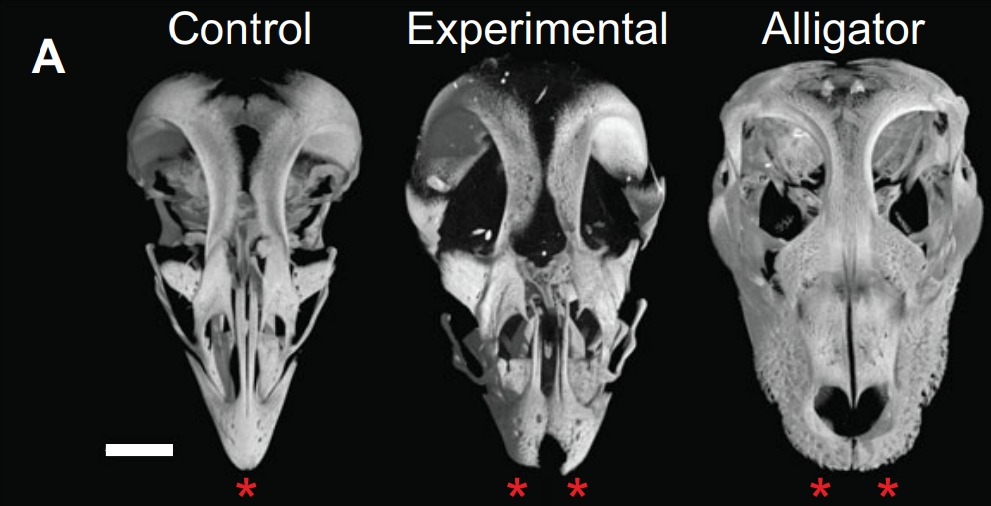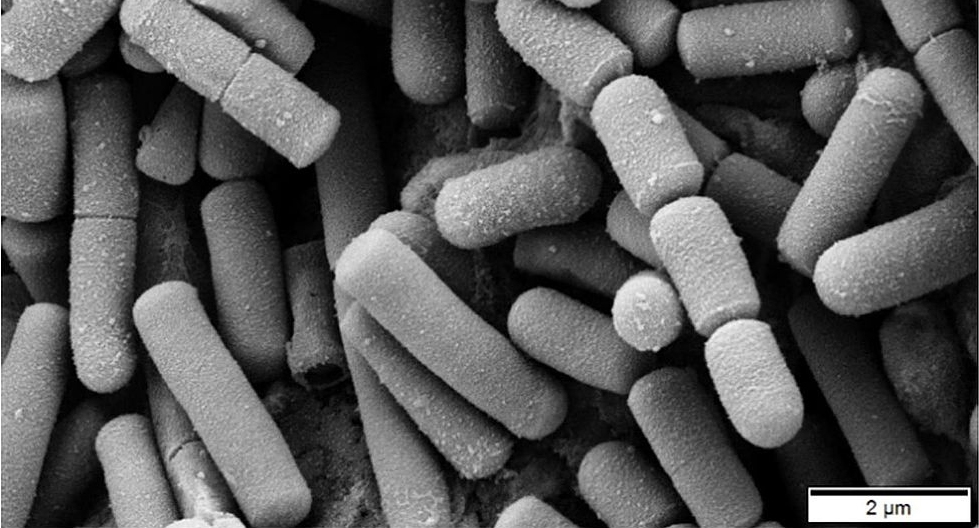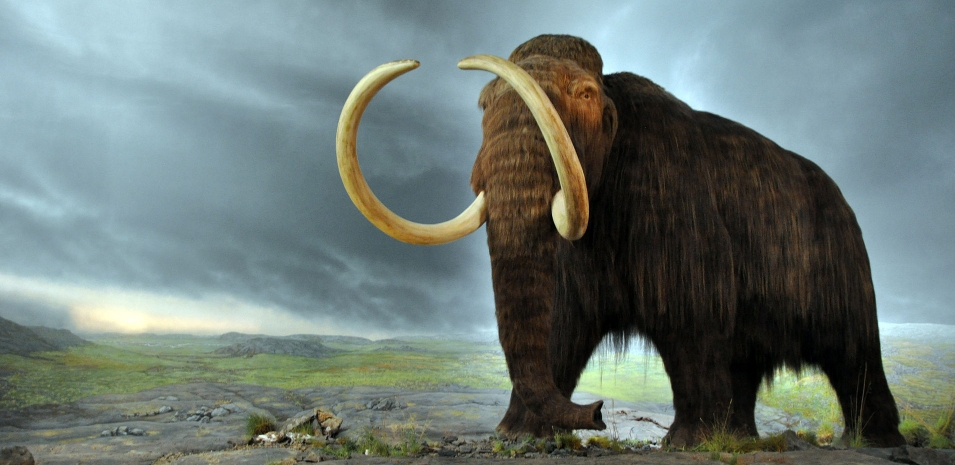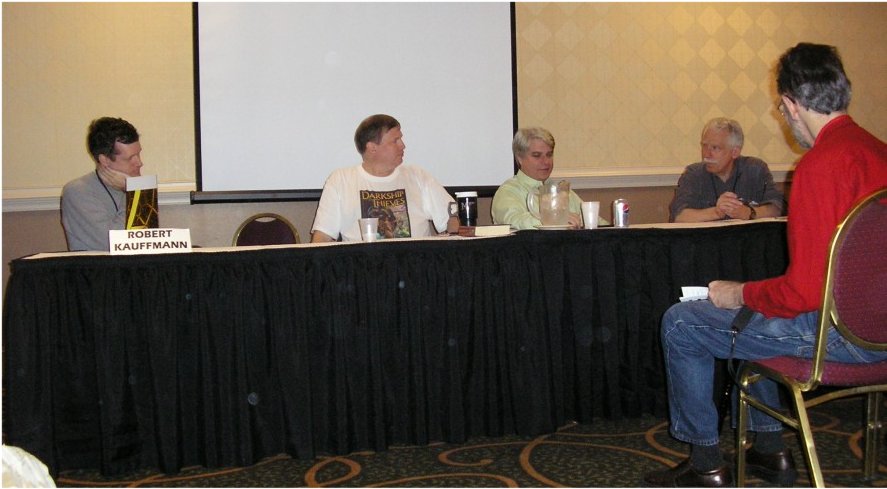In 1619, Orazio Grassi (a mathematician, astronomer and architect) wrote about three comets that had recently appeared in the sky. He gave evidence that they must have been far from the earth, even beyond the moon. Galileo wrongly believed that comets were in earth’s atmosphere, and so he wrote Il Saggiatore (The Assayer) in reply. Although Galileo’s overall argument was wrong, the piece does contain a statement that is quite profound:
Philosophy [he is referring to what we call “science” today] is written in this grand book, the universe, which stands continually open to our gaze. But the book cannot be understood unless one first learns to comprehend the language and read the letters in which it is composed. It is written in the language of mathematics, and its characters are triangles, circles and other geometric figures without which it is humanly impossible to understand a single word of it; without these, one wanders about in a dark labyrinth.
While most scientists who use this quote are talking about physics and perhaps chemistry, the fact is that mathematics seems to be the language in which God wrote His creation. As a result, all areas of science (even biology) require the use of mathematics to unlock the true secrets of creation. I recently ran across a paper that illustrates this point rather well.
The authors were using a mathematical technique called Voronoi Diagramming to model how certain cells in an embryo pack together to form the shapes of the organs that are developing. Generally speaking, most biologists assume that the cells become column- or bottle-like in shape so that they can squeeze together and form the smooth curves that characterize the shapes of the organs. However, their mathematical model predicted that another set of shapes would develop – shapes that are so unique they don’t even have a name. As a result, the authors call the shapes scutoids, which refers to the scutum and scutellum, features found on certain insects, like beetles.
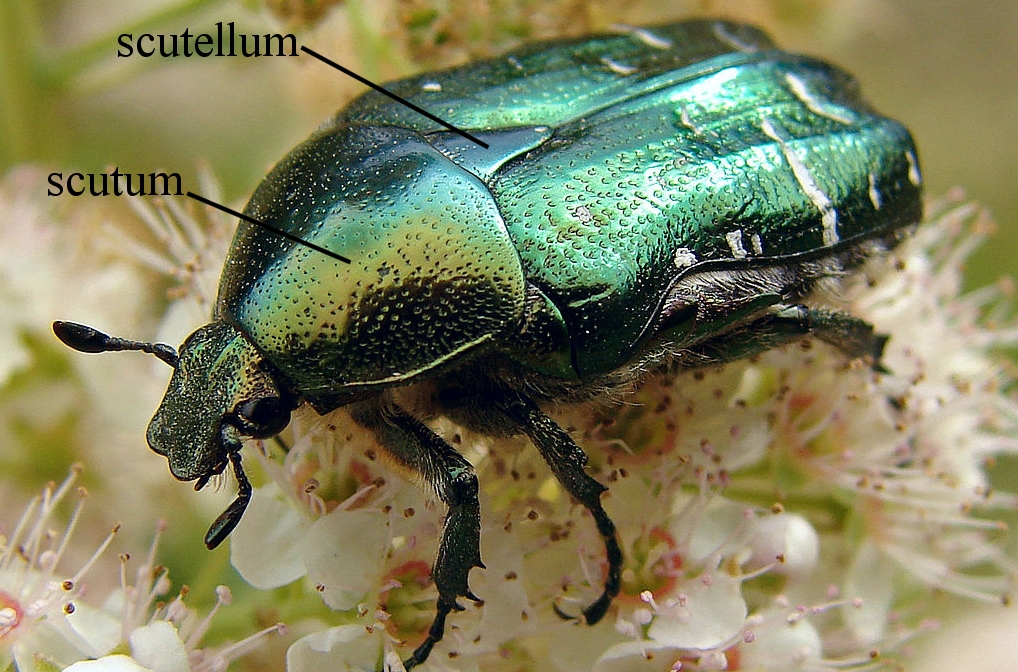
Drawings of two scutoid-shaped cells are shown on the left side of the illustration below, and the way those two shapes fit together are shown on the right side of the illustration.
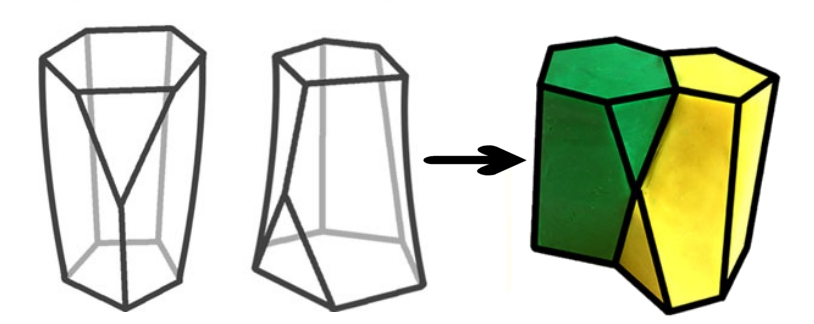
Now, of course, the authors didn’t just believe the results of their mathematical model. After all, the mathematical model contains assumptions, and those assumptions could be flawed. However, armed with the knowledge of those shapes, they examined specific tissues in developing fruit fly larvae. Sure enough, they found tissue structures that are composed of scutoid-shaped cells.
Why do cells form these shapes in developing fruit fly embryos (and presumably other embryos)? The authors state:
Using biophysical arguments, we propose that scutoids make possible the minimization of the tissue energy and stabilize three-dimensional packing. Hence, we conclude that scutoids are one of nature’s solutions to achieve epithelial bending.
In other words, they produce the most stable tissue at the lowest energy.
Now remember, the reason the authors found this brand-new cell shape is because they started with mathematics, just as Galileo instructed. Writing more than 300 years after Galileo, Sir James Hopwood Jeans (English physicist, astronomer and mathematician) tells us why he thinks Galileo was right:
Lapsing back again into the crudely anthropomorphic language we have already used, we may say that we have already considered with disfavour the possibility of the universe having been planned by a biologist or an engineer; from the intrinsic evidence of his creation, the Great Architect of the Universe now begins to appear as a pure mathematician. [The Mysterious Universe, Cambridge University Press 1931, p. 122]



